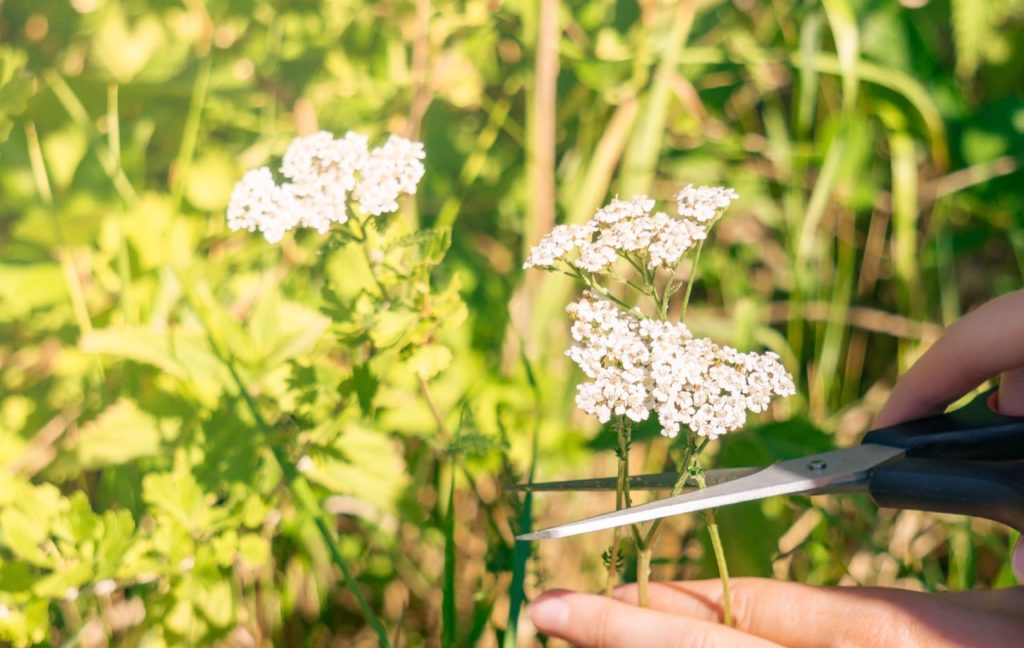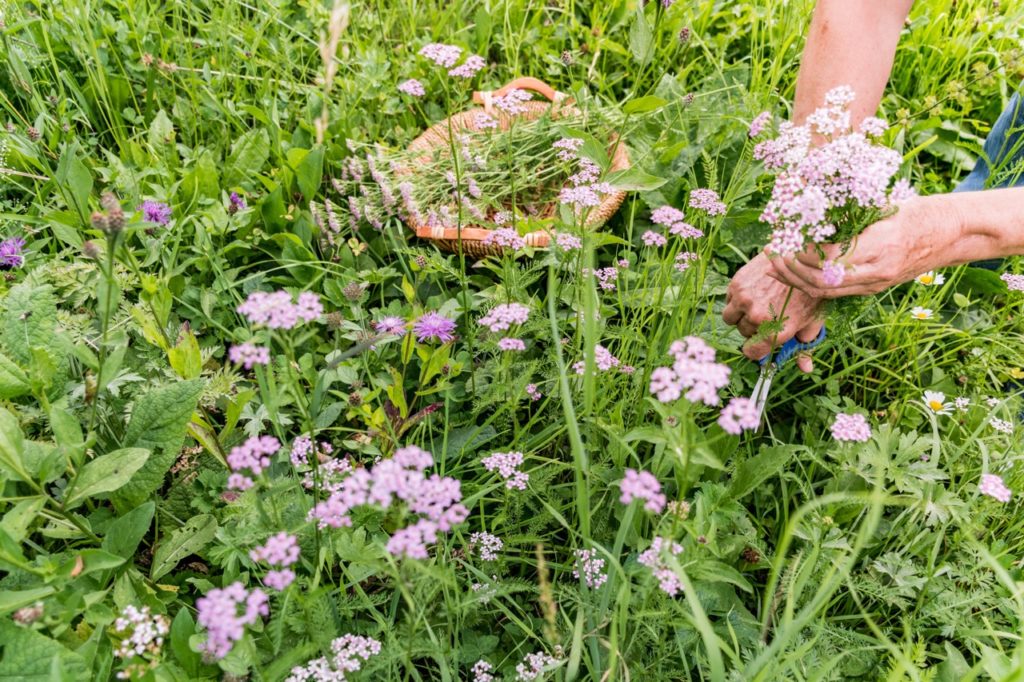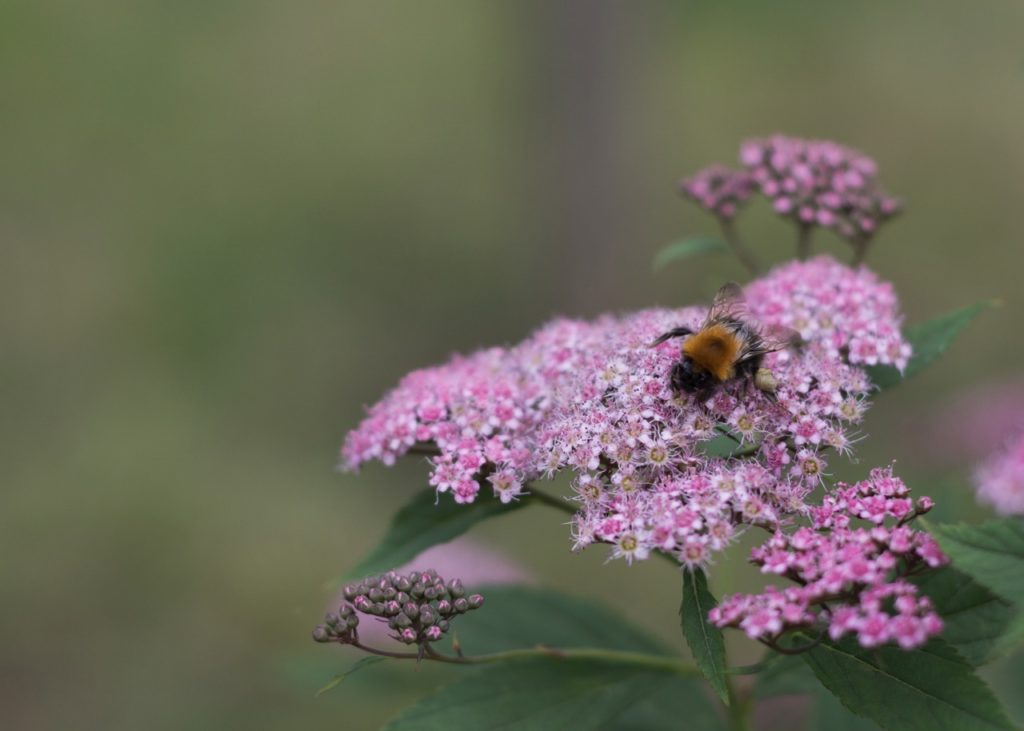Yarrow Is Fairly Low-Maintenance, But Cutting Back Before The Growing Season Can Help

PERENNIALS > ACHILLEA > PRUNING

Elizabeth is a Permaculture Garden Designer, Sustainability Consultant and Professional Writer, working as an advocate for positive change. She graduated from the University of St. Andrews with an MA in English and Philosophy and obtained a Diploma in Applied Permaculture Design from the Permaculture Association.
Reviewed By COLIN SKELLY

Colin is a Horticulturist and Horticultural Consultant with experience in a range of practical and managerial roles across heritage, commercial and public horticulture. He holds the Royal Horticultural Society’s Master of Horticulture award and has a particular interest in horticultural ecology and naturalistic planting for habitat and climate resilience.
IN THIS GUIDE
ACHILLEA GUIDES
Propagation
Pruning
Varieties
Achillea, also known as yarrow, is one of the easiest perennials to grow and is a rewarding and highly useful addition to many gardens.
Achillea does not really need to be pruned at all and is a very low-maintenance plant.
However, you can if you wish:
- Deadhead the flowers through the summer to encourage more blooms to form.
- Cut back stems after the first flush of flowering to use the material.
- Cut back hard at the end of the growing season, or in spring. I’d recommend doing so in March here in the UK.
Read on to learn more about each of these steps.
| Difficulty | Easy |
| Equipment Required | Gloves, secateurs |
| When To Prune | March |
Deadheading Yarrow
Yarrows bloom throughout the summer, and can continue to do so until September or even October in the right conditions.

Deadheading the flowers which form in early summer can encourage a second flush of growth and further blooms that extend well into autumn.
As each flowering umbel fades and begins to go to seed, simply take secateurs and snip it off halfway down the stem.
This will avoid the plant from wasting energy on seed production where this is not required or desired and will keep plants looking neater.

However, you may sometimes wish to leave some yarrow flowers to go to seed.
It can sometimes be beneficial to allow the plant to self-seed – you can collect seeds to sow in autumn, or the following spring.
Just note that not all cultivars will come true from seed, so it can pay not to be too zealous in deadheading.
“Collecting seed or allowing achillea to self-seed can be an exciting way to originate unique seedlings as no two will be alike,” says Colin Skelly.
“If there is one that you really like then you can increase it by division and have a plant that is a signature for your garden.”
Remember that if you want the same characteristics as the parent plant then propagating by division is an easy way to do this.
How To Prune Yarrow
Achillea is cut back at different times depending on location, preference and need.
Yarrow can be used as cut flowers as plant matter to maintain fertility in an organic garden.

After the first flush of flowering, in the summer, yarrows can be cut back harder to the basal foliage (the leaves right at the base of the plant).
The stems, fading flowers and all can be very useful to organic gardeners.
The material that is cut off can be chopped and dropped as an organic mulch material, added to your composting system, or used to make an organic liquid plant feed.
Cutting Back
In colder climates, yarrow is often cut back hard in autumn, with the onset of winter, to within a few centimetres of the ground.
But here in the UK, it is best to leave the foliage over the winter months before cutting back in early spring.

Leave the foliage in place over winter as a habitat for wildlife, and also to offer a little more protection to the roots and crown of this clump-forming perennial.
Then cut right back to the base just before new growth emerges the following year.
